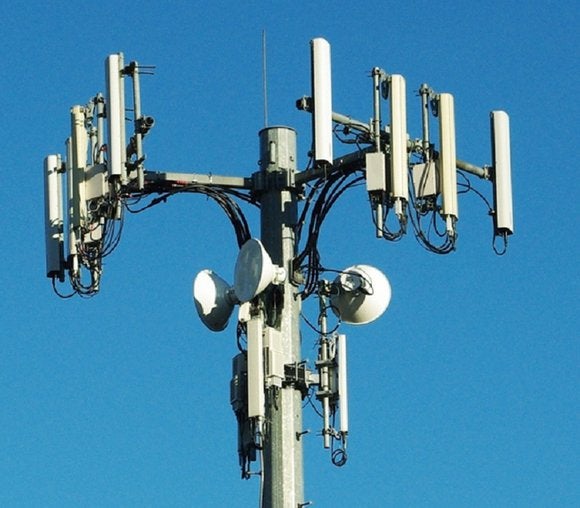If you've ever wandered through a town and spotted tiny mini 5G cell towers on the poles of street lights. They look like small boxes however they're actually sending wireless signals from cell phone providers to your mobile.
The smaller ones are being replaced by the larger specially-designed cell towers. Although safe distance from cell tower 're not as visible, they still can create problems for those who live nearby.
It is the of the FCC's Radiation Exposure Thresholds
The FCC's Radiation Exposure Thresholds establish the maximum amount of time an individual can be exposed to electromagnetic radiation from wireless devices. The limits for exposure are based on research which prove that electromagnetic energy could be harmful to human health.
The specific absorption rate (SAR) is an indication of the radiofrequency energy absorption by tissues. It's typically 1.6 watts per kilogram, calculated over one Gram of tissue.
However, because 5g transmits at higher frequencies and has the potential to cause greater energy intensity on the skin and other directly-exposed body areas. This could lead to various potential harms, including exacerbated appearance of skin disorders such as dermatitis, skin cancer and cataracts.
Because of the potentially negative effects of 5G radiation, PSU has chosen to create a general limits on power density, which is 4mW/cm2 averaged on 1cm2, but not to exceed 30 minutes, for all 5G services running at 3000 GHz. This localized limit is consistent with the maximum SAR spatial-average of 1.6 W/kg, averaged over one grams of tissues at six GHz.
The FCC's Maximum Exposure Thresholds for Maximum Exposure

If you've ever used a mobile phone, then you've probably realized that a safe distance from the tower is around 400 meters. This is due to the transmitting power of the cell tower is significantly increased the further your location from the tower.
While this sounds like an ideal idea however, people who live close to towers could be more prone to health problems. For instance, a study conducted in 2014 in India found that residents who lived within 50 meters of cell towers had significant more health issues than those who lived farther away from the antennas.
what is a safe distance from a cell tower revealed that those who relocated to areas further away from cell towers experienced their symptoms improve within a couple of days. Studies have also demonstrated that exposure to extreme levels of radiofrequency electromagnetic fields (EMFs) could cause cancer, brain tumors, and other health problems.
This is due to the fact that the RF radiation used in wireless communication, can penetrate the human body's outer layer, which is the skin. This is vital to be aware of since the skin functions as a barrier to protect against injuries caused by mechanical forces, infections caused by pathogenic microorganisms and entry of toxic substances. It is also the largest organ in the human body and is responsible for keeping the integrity of other organs.
Article source are based upon many assumptions that aren't supported by scientific research. They include the incorrect assumption that short-term exposures to RF radiation are safe due to the limited radiation penetration in the human body (i.e., tissue heating).
The assumption also ignores the greater penetration of ELF parts of the modulated RF signal as well as the effect of brief bursts of heat from pulsed RF waves. These theories are not compatible with the current understanding of biological effects of RF radiation. As such, they should not be relied upon for health-protection exposure standards.
Furthermore to that, ICNIRP and FCC restrict its maximum levels of radiation exposure for local peak SARs based on the peak spatial specific absorption rate (psSAR) which is an inadequate dosimetric tool to assess the amount of exposure to RF radiation. Particularly the psSAR tool is not accurate when frequencies exceed 6 GHz. Additionally, psSAR hasn't been evaluated for RF radiation exposed to other environmental agents , such like sunlight. The interactions of RF radiation with other environmental agents could produce synergistic or antagonistic impacts. This can lead to an increased risk of negative health adverse effects. For instance, exposure to RF radiation with sunlight may increase the risk of developing skin cancer and exacerbate other skin diseases such as acne.
